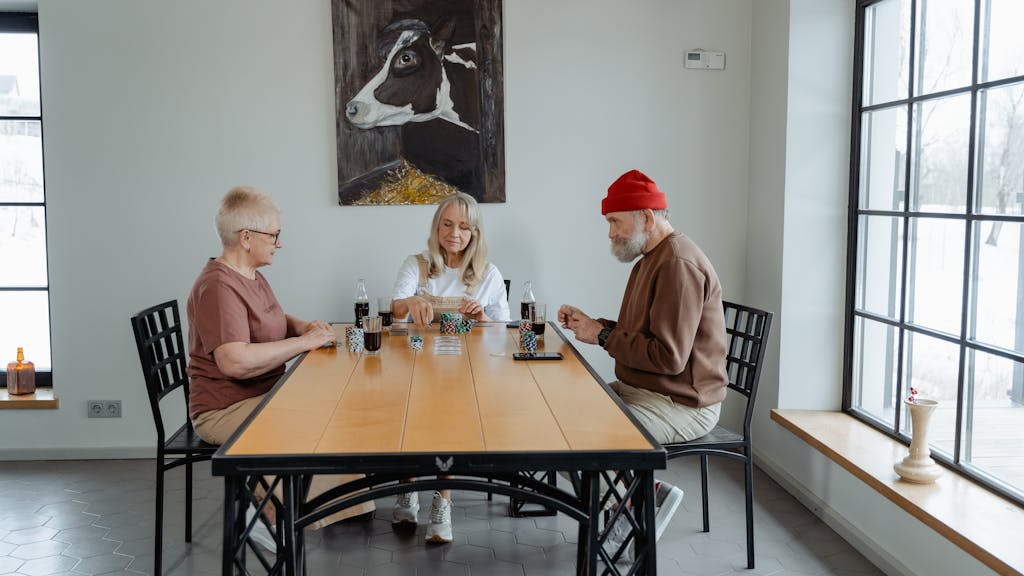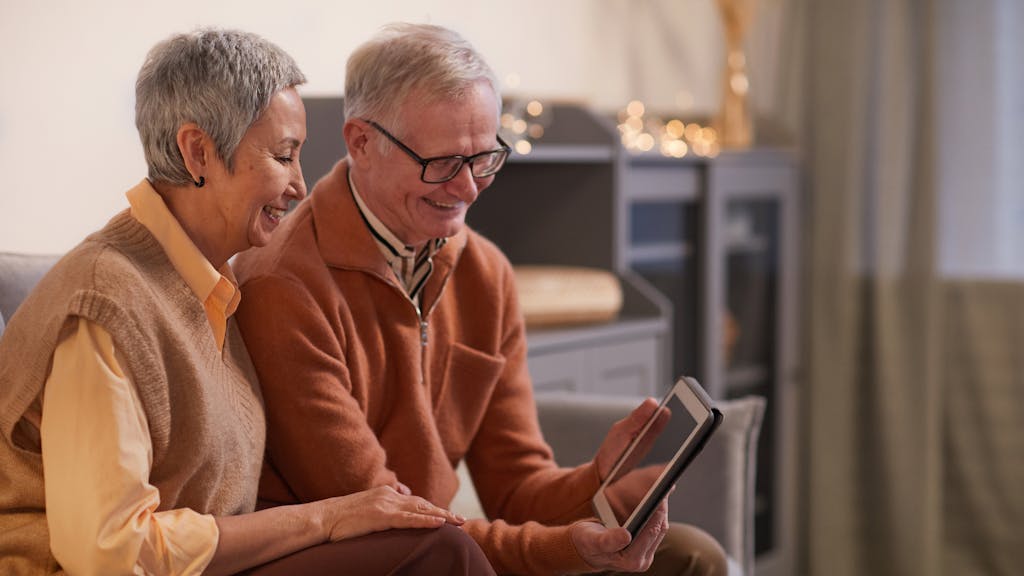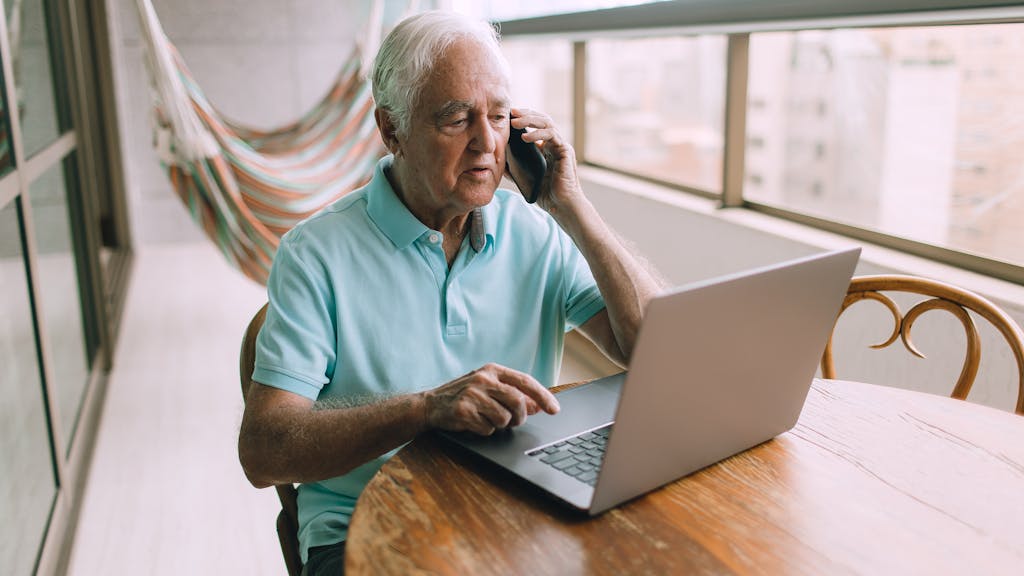As we age, maintaining safety and comfort in the home becomes increasingly important. Many older adults prefer to age in place, staying in their own homes for as long as possible. To make this feasible, it’s essential to modify the home environment to accommodate changing physical abilities and ensure a safe living space. The right modifications can reduce the risk of falls, increase independence, and promote overall well-being. Here are some of the best home modifications for safe senior living.
Install Grab Bars and Handrails
One of the most effective modifications for improving safety in the home is installing grab bars and handrails in key areas. These simple additions provide extra support when moving around the house and can prevent falls. Bathrooms are especially important areas to focus on, as they tend to be high-risk zones. Grab bars in the shower, next to the toilet, and along the bathroom walls can provide stability. Additionally, handrails along staircases and hallways ensure safe movement between different levels of the home.
Upgrade to Non-Slip Flooring
Slippery floors can be a major hazard, especially for seniors who may have balance or mobility issues. Upgrading to non-slip flooring in high-traffic areas like the bathroom, kitchen, and hallways can significantly reduce the risk of falls. Look for options such as textured vinyl, rubber flooring, or slip-resistant tiles that offer traction while being easy to clean. Adding non-slip mats or rugs in areas where additional support is needed, such as by the bed or in the kitchen, can also help prevent accidents.
Improve Lighting for Better Visibility
Good lighting is essential for preventing trips and falls, especially for seniors with reduced vision. Installing brighter, well-placed lighting in hallways, staircases, and bathrooms can improve visibility. Motion-sensor lights are a great option, ensuring lights turn on automatically when someone enters a room or corridor. Nightlights in bedrooms and bathrooms help prevent disorientation during nighttime trips. Dimming options can also be useful in living rooms or bedrooms to create a comfortable and safe environment.
Ensure Easy Access to the Kitchen
The kitchen can present challenges for seniors, especially if they have limited mobility or flexibility. Modifying the kitchen to make it more accessible can greatly enhance independence. Lowering countertops, creating open spaces for wheelchair access, and using pull-out shelves or drawers can make it easier to reach items. Installing a side-opening oven and an easily accessible microwave can further enhance kitchen safety. Additionally, consider using tactile markings on appliances to aid those with visual impairments.
Enhance the Bathroom with Safety Features
The bathroom is one of the most important rooms to modify for senior safety. Aside from installing grab bars and handrails, consider adding a walk-in shower with a bench to reduce the risk of slips. A raised toilet seat can make sitting down and standing up easier, reducing strain on the body. A shower chair or bench offers stability during bathing, and non-slip mats or rugs further enhance safety. Additionally, a handheld showerhead can make bathing more comfortable and allow for greater flexibility.
Create a Clear Path and Remove Clutter
Clutter in the home can increase the risk of trips and falls. Seniors should have clear, unobstructed pathways throughout the home. This includes removing loose cords, rugs, or furniture that may cause a tripping hazard. In addition, consider adjusting furniture arrangements to create wide, easy-to-navigate paths, especially in high-traffic areas like the living room and bedroom. A decluttered, organized space promotes both safety and peace of mind.
Add an Emergency Alert System
An emergency alert system is an essential safety feature for seniors who live alone or are at risk of falling. These systems allow seniors to call for help quickly in the event of an emergency, whether it’s a fall or sudden illness. Many systems come with wearable devices, such as bracelets or necklaces, that can be pressed to alert emergency services or a family member. Installing a landline or easy-to-access phone in every room can also provide peace of mind for seniors who may need assistance at any moment.
Ensure Bedroom Accessibility
For seniors, getting in and out of bed comfortably is crucial. Consider lowering the bed to a level that makes it easier to get in and out without strain. For additional assistance, bed rails can help with stability and support. A chair or bench at the foot of the bed can offer a place to sit when dressing or putting on shoes. A well-organized bedroom with essential items within easy reach, such as a phone, glasses, or medications, can also help seniors avoid unnecessary strain or discomfort.
Conclusion
Home modifications are essential for ensuring seniors live independently and safely in their own homes. From installing grab bars and improving lighting to modifying kitchens and bathrooms, these thoughtful changes reduce fall risks, improve accessibility, and enhance comfort. By making these adjustments, seniors can maintain their quality of life, remain self-sufficient, and feel confident in their environment.




